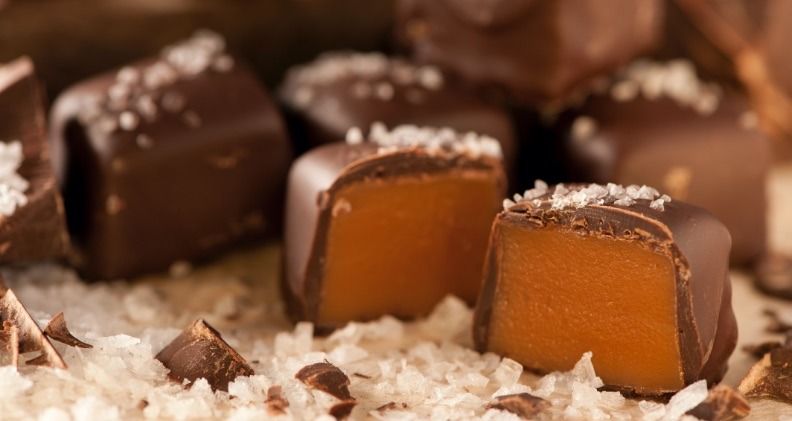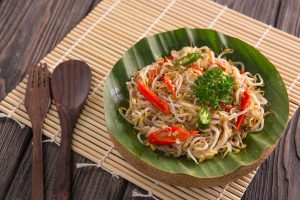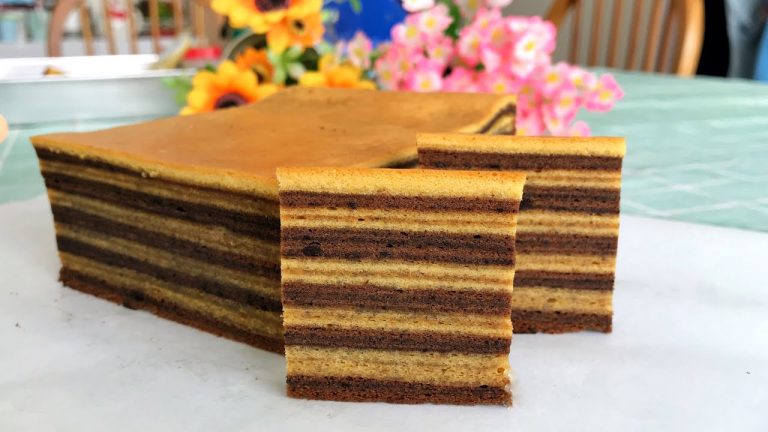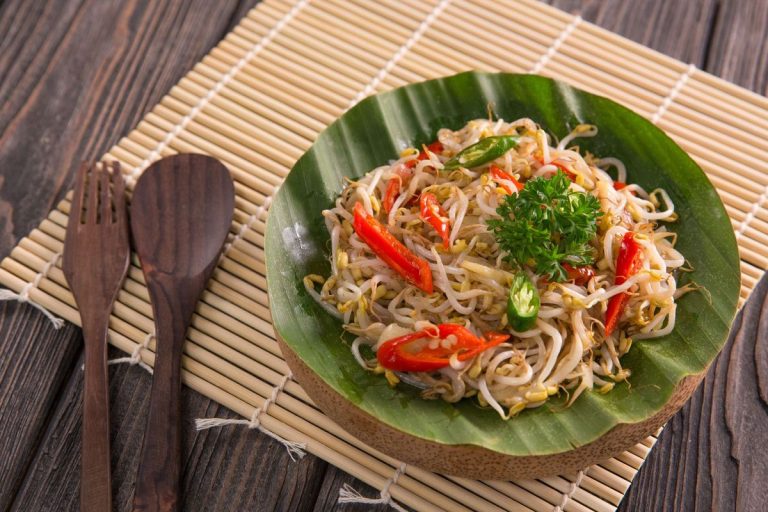Indulgent Flavor , few things captivate our senses quite like indulgent flavors. These are the rich, sumptuous tastes that evoke pleasure and satisfaction, often associated with luxury and special occasions. Indulgent flavors can transform ordinary meals into extraordinary experiences, making every bite a celebration of taste. This article explores the essence of indulgent flavor, its origins, and its impact on our culinary experiences.
Understanding Indulgent Flavor

Definition and Characteristics
Indulgent flavor refers to tastes that are rich, intense, and often associated with comfort and pleasure. These flavors are typically derived from high-quality, decadent ingredients such as butter, cream, chocolate, and aged cheeses. The key characteristics of indulgent flavors include:
- Richness: A depth of flavor that fills the palate, often achieved through the use of fats, sugars, and umami-rich ingredients.
- Complexity: Multiple layers of taste that unfold with each bite, providing a nuanced and satisfying experience.
- Satisfaction: A sense of fullness and contentment that leaves the diner feeling pampered and indulged.
Origins of Indulgent Flavors
Historical Roots
Indulgent flavors have been cherished throughout history, often reserved for feasts, celebrations, and special occasions. In ancient Rome, lavish banquets featured dishes rich in spices, honey, and exotic ingredients. During the Renaissance, European nobility enjoyed decadent meals prepared with abundant butter, cream, and sugar, reflecting their wealth and status.
Cultural Significance
Different cultures have their own interpretations of indulgent flavors. In France, rich sauces like béchamel and hollandaise, along with buttery pastries and creamy desserts, define culinary indulgence. Italian cuisine boasts creamy risottos, decadent tiramisù, and rich cheeses like Gorgonzola and Parmigiano-Reggiano. In the Middle East, indulgent flavors are found in dishes rich with nuts, honey, and aromatic spices.
Creating Indulgent Flavors
Key Ingredients
- Butter and Cream: Essential for adding richness and smooth texture to dishes. They enhance the mouthfeel and contribute to the overall luxurious experience.
- Cheese: Aged and creamy cheeses bring depth and umami to dishes, making them more satisfying and complex.
- Chocolate: High-quality chocolate, especially dark chocolate with a high cocoa content, offers an intense and indulgent flavor profile.
- Spices and Herbs: Ingredients like vanilla, cinnamon, saffron, and truffle add exotic and sophisticated notes to dishes, elevating their indulgence.
Techniques
- Slow Cooking: Methods like braising and slow roasting allow flavors to develop deeply, creating rich and tender results.
- Reduction: Reducing sauces and broths intensifies their flavors, resulting in a more concentrated and indulgent taste.
- Layering: Combining multiple ingredients and cooking techniques to build complex flavors that unfold gradually on the palate.

The Impact of Indulgent Flavors
Emotional and Sensory Experience
Indulgent flavors provide more than just taste; they offer an emotional and sensory experience. The richness and complexity of these flavors can evoke feelings of comfort, happiness, and nostalgia. For many, indulging in rich, flavorful foods is a way to celebrate life’s moments and treat oneself to a special experience.
Culinary Trends
In recent years, there has been a resurgence of interest in indulgent flavors, driven by the desire for comfort and luxury in uncertain times. High-end restaurants and home cooks alike are embracing the art of creating decadent dishes that offer a sense of indulgence and satisfaction. This trend is reflected in the popularity of gourmet comfort foods, artisanal chocolates, and rich, creamy desserts.
Health Considerations
While indulgent flavors are a delight to the senses, they often come with high caloric content due to their richness in fats and sugars. Moderation is key to enjoying these flavors without compromising health. Many chefs are exploring ways to create indulgent-tasting dishes with healthier ingredients, balancing pleasure and well-being.
Indulgent flavors are a celebration of taste, offering richness, complexity, and satisfaction that elevate the dining experience. Rooted in history and cultural significance, these flavors continue to captivate and delight food enthusiasts around the world. Whether enjoyed as a rare treat or a special occasion, indulgent flavors remind us of the joy and comfort that food can bring, making every bite a memorable indulgence.
Pros and Cons of Indulgent Flavors: Navigating the Delights and Drawbacks
Indulgent flavors have an irresistible allure, captivating our senses with their richness, complexity, and satisfying qualities. These flavors, often associated with luxury and special occasions, add a touch of hometogel decadence to our culinary experiences. However, like any culinary indulgence, they come with both advantages and potential downsides. In this article, we explore the pros and cons of indulgent flavors, providing a balanced perspective on their impact on our diets and dining experiences.

Advantages
1. Enhanced Sensory Experience
Richness and Complexity: Indulgent flavors offer a multi-layered sensory experience that delights the palate. The depth of flavor and the intricate balance of ingredients create a satisfying and memorable taste sensation that can elevate any meal.
Emotional Satisfaction: Foods with indulgent flavors often evoke feelings of comfort, happiness, and nostalgia. They can transform a simple meal into a special occasion, providing emotional satisfaction and a sense of indulgence that enhances overall enjoyment.
2. Culinary Creativity
Versatility: Indulgent ingredients like butter, cream, cheese, and chocolate can be used in a wide variety of dishes, from savory mains to decadent desserts. This versatility allows chefs and home cooks to experiment and create innovative dishes that showcase these rich flavors.
Sophistication: Using indulgent flavors can elevate the sophistication of a dish, making it more suitable for gourmet dining experiences. Whether it’s a creamy risotto, a rich chocolate mousse, or a buttery pastry, these flavors can add an element of luxury to any menu.
3. Special Occasions
Celebratory Feel: Indulgent flavors are often reserved for special occasions and celebrations. They contribute to the festive atmosphere, making holidays, birthdays, and other significant events even more memorable. The presence of rich, flavorful dishes can make these moments feel more significant and enjoyable.
Tradition and Culture: Many indulgent flavors are deeply rooted in culinary traditions and cultural practices. Enjoying these foods can connect us to our heritage and preserve important cultural rituals, such as the French tradition of buttery croissants or Italian gelato.
Disadvantages
1. Health Concerns
High Caloric Content: Indulgent flavors typically come from ingredients that are high in fat, sugar, and calories. Consuming these foods in large quantities can contribute to weight gain and other health issues such as cardiovascular disease, diabetes, and obesity.
Nutritional Imbalance: While rich in flavor, indulgent foods often lack essential nutrients such as vitamins, minerals, and fiber. Over-reliance on these flavors can lead to a diet that is unbalanced and deficient in key nutrients necessary for overall health.
2. Overindulgence
Risk of Excess: The pleasurable nature of indulgent flavors can lead to overindulgence. It’s easy to consume more than intended when faced with rich, delicious foods, which can result in feeling overly full or guilty afterward. This can also contribute to long-term unhealthy eating habits.
Diminished Enjoyment: Frequent consumption of indulgent flavors can desensitize the palate, making these special treats less enjoyable over time. The novelty and excitement of indulging in rich flavors can diminish if they become a regular part of the diet.
3. Accessibility and Cost
Expense: High-quality ingredients that produce indulgent flavors, such as artisanal cheeses, premium chocolates, and fresh truffles, can be expensive. This can make it challenging for some individuals to enjoy these flavors regularly without significant financial investment.
Availability: Not all indulgent ingredients are readily available in every region or season. This can limit the ability to create and enjoy certain dishes, particularly those that rely on specific, high-quality components.
Conclusion
Indulgent flavors bring a wealth of sensory pleasure, culinary creativity, and emotional satisfaction to our dining experiences. They enhance special occasions, connect us to cultural traditions, and allow for innovative and sophisticated culinary creations. However, it’s important to be mindful of the potential drawbacks, such as health concerns, the risk of overindulgence, and the cost and accessibility of high-quality ingredients.
By enjoying flavors in moderation and balancing them with a healthy, nutrient-rich diet, we can savor their delights while minimizing the drawbacks. This balanced approach allows us to appreciate the richness and complexity of indulgent flavors without compromising our health and well-being.
Read More Article About “OnePlus 13: Unleash Revolutionary Tech & Features“


























